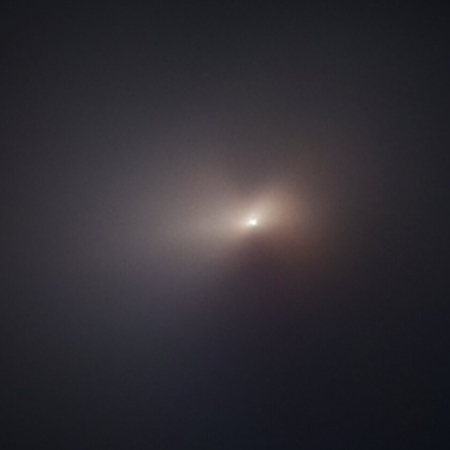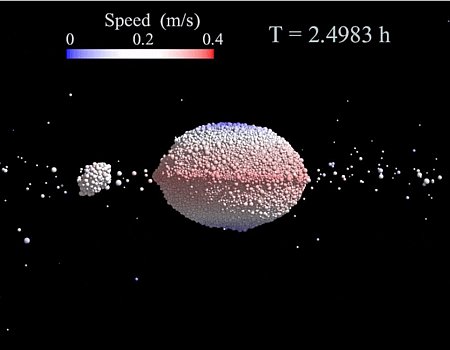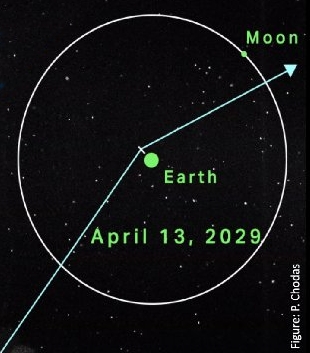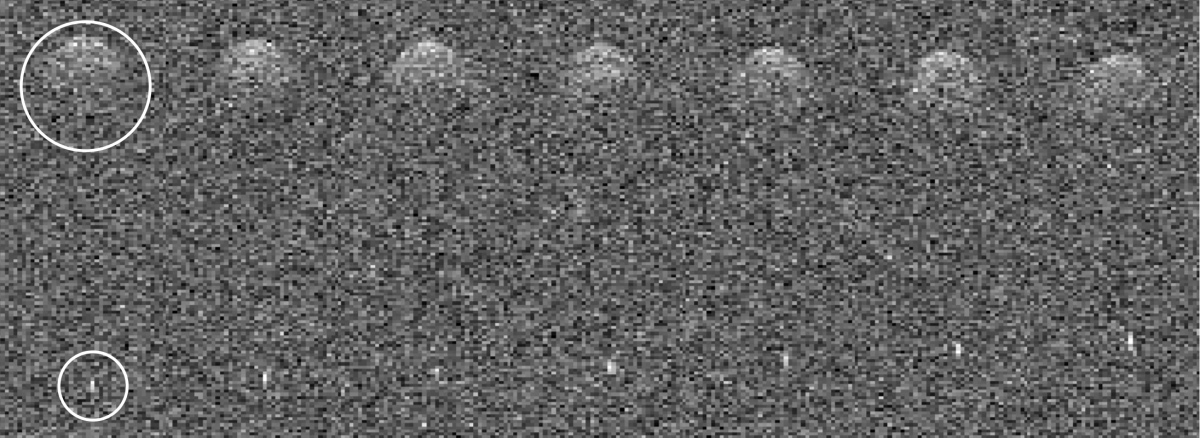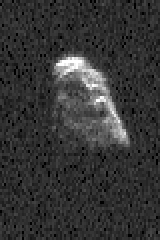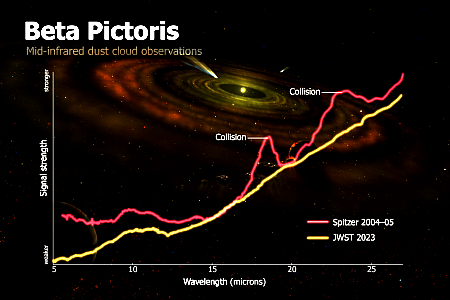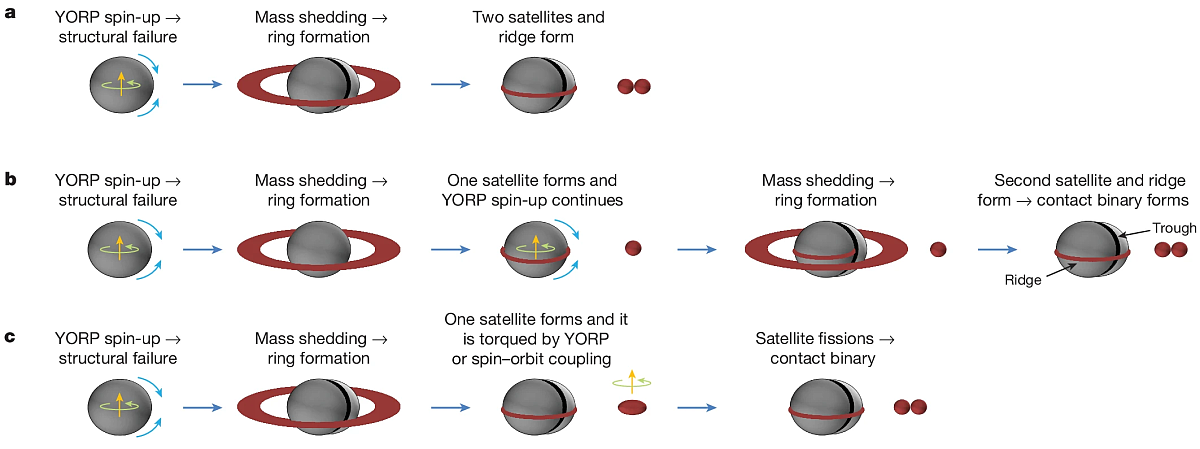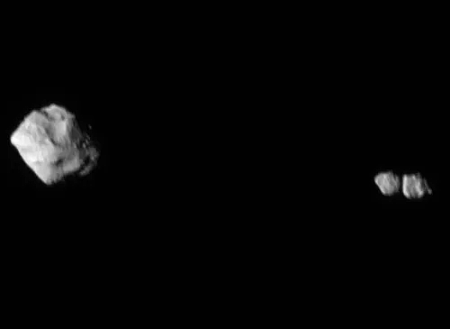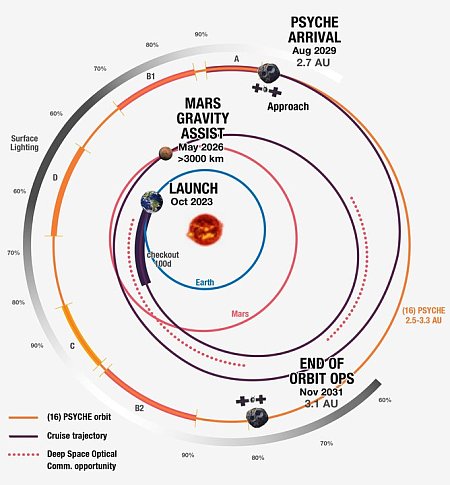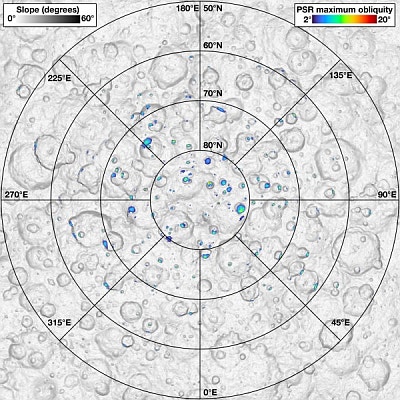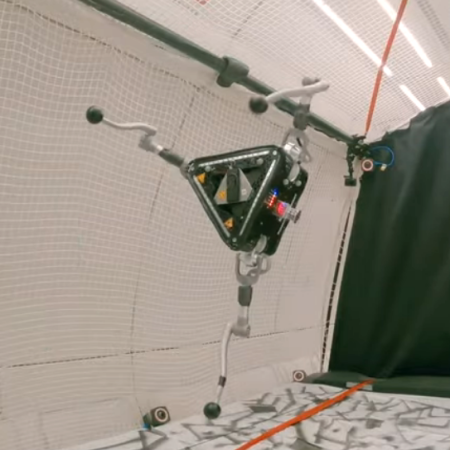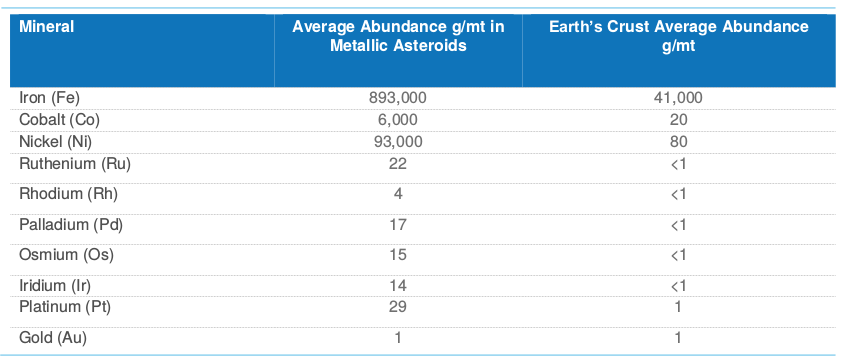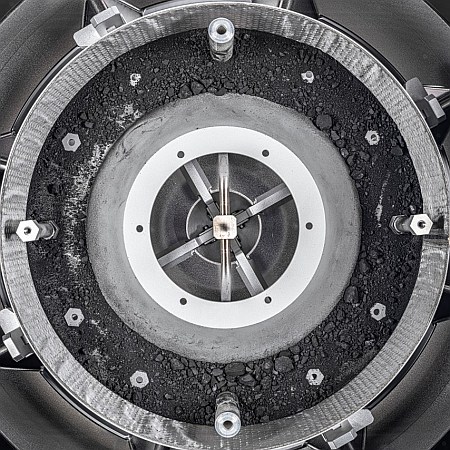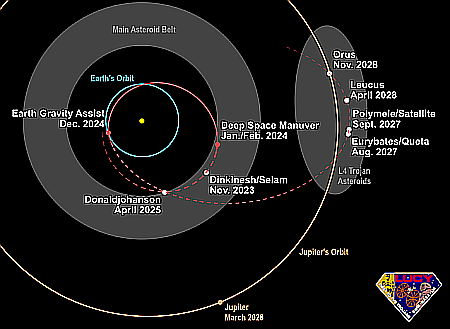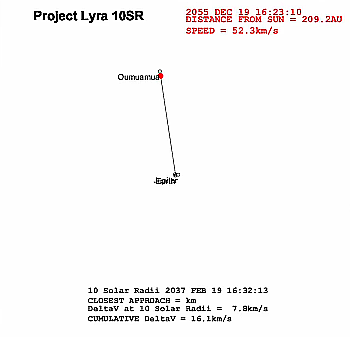WISE/NEOWISE space telescope mission ends after fourteen years
Launched in 2009, the Wide-field Infrared Survey Explorer (WISE) was shut down today after almost fourteen years of successful observations, with its first years dedicated to creating an infrared survey of the sky. In 2013, after two years of hibernation, it was reactivated and renamed NEOWISE (for reasons that I have always found absurd), with the goal over the next thirteen years of mapping the sky for near Earth objects.
By repeatedly observing the sky from low Earth orbit, NEOWISE created all-sky maps featuring 1.45 million infrared measurements of more than 44,000 solar system objects. Of the 3,000-plus near-Earth objects it detected, 215 were first spotted by NEOWISE. The mission also discovered 25 new comets, including the famed comet C/2020 F3 NEOWISE that streaked across the night sky in the summer of 2020.
A Hubble image of that comet is to the right.
The mission was ended because the telescope’s orbit is now too low to provide good data. It is expected to re-enter the atmosphere and burn up before the end of the year.
Launched in 2009, the Wide-field Infrared Survey Explorer (WISE) was shut down today after almost fourteen years of successful observations, with its first years dedicated to creating an infrared survey of the sky. In 2013, after two years of hibernation, it was reactivated and renamed NEOWISE (for reasons that I have always found absurd), with the goal over the next thirteen years of mapping the sky for near Earth objects.
By repeatedly observing the sky from low Earth orbit, NEOWISE created all-sky maps featuring 1.45 million infrared measurements of more than 44,000 solar system objects. Of the 3,000-plus near-Earth objects it detected, 215 were first spotted by NEOWISE. The mission also discovered 25 new comets, including the famed comet C/2020 F3 NEOWISE that streaked across the night sky in the summer of 2020.
A Hubble image of that comet is to the right.
The mission was ended because the telescope’s orbit is now too low to provide good data. It is expected to re-enter the atmosphere and burn up before the end of the year.

